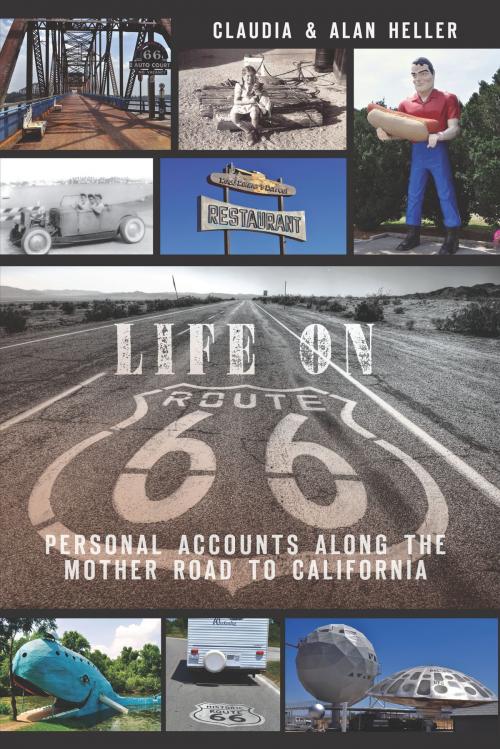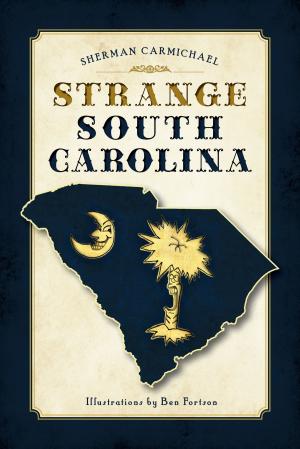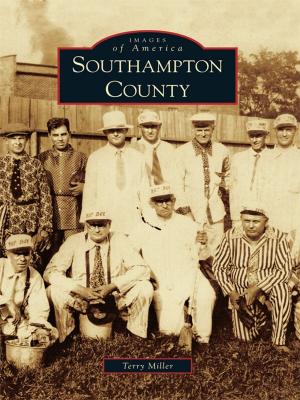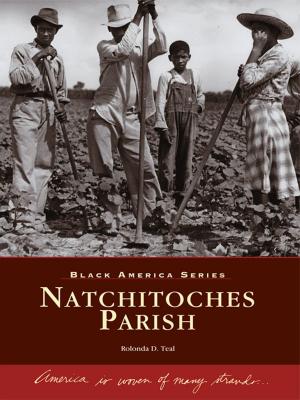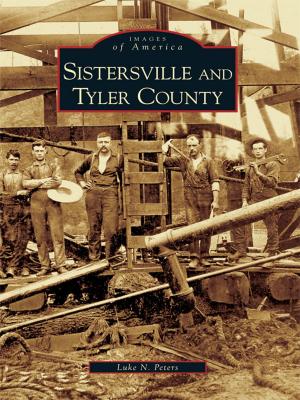Tragedy in the Shenandoah Valley
The Story of the Summers-Koontz Execution
Nonfiction, History, Americas, United States, Civil War Period (1850-1877), Military| Author: | Robert H. Moore II | ISBN: | 9781614234791 |
| Publisher: | Arcadia Publishing Inc. | Publication: | September 1, 2006 |
| Imprint: | The History Press | Language: | English |
| Author: | Robert H. Moore II |
| ISBN: | 9781614234791 |
| Publisher: | Arcadia Publishing Inc. |
| Publication: | September 1, 2006 |
| Imprint: | The History Press |
| Language: | English |
Try to meet me in Heaven where I hope to go.
These poignant words were written in the summer of 1865 by twenty-year-old Confederate Sergeant Isaac Newton Koontz, in a letter he penned for his fianc�e just hours before his death at the hands of Union firing squad in the heart of Virginia�s Shenandoah Valley. The execution of Koontz and Captain George Summers came after the surrender at Appomattox Court House, and remains one of the most tragic yet little-known events of the Civil War.
One month prior to kneeling on the hard ground to face their deaths, Koontz and Summers, along with four other Confederate soldiers, stole horses from a Union troop stationed near their home. Soon after the theft, the young men�remorseful and goaded by their fathers to uphold their honor�returned the horses and were offered a pardon by Union Colonel Francis Butterfield. The rebs returned home, free of mind and clean of conscious. All had been forgiven. Or so they thought.
As the sun crept over the horizon on June 27, 1865, Union soldiers�under new command�swarmed the family homes of Summers and Koontz in a swift raid and arrested the two bewildered men. They were told that their pardons were no longer valid, and later that same day they were tied to a stake and shot with Union muskets�no trial, no judge, no jury.
Before their deaths, Summers and Koontz were allowed to write farewell letters to their loved ones, and these heartrending documents serve as the basis for Robert Moore�s insightful recounting of the Summers-Koontz execution. An experienced Civil War writer and a direct descendent of Koontz�s fianc�e, Moore brings this shocking story to life with a clarity that will appeal to Civil War experts and enthusiasts alike. Exhaustively researched and well written, Tragedy in the Shenandoah Valley tells one of the great and largely untold stories of the Civil War.
These poignant words were written in the summer of 1865 by twenty-year-old Confederate Sergeant Isaac Newton Koontz, in a letter he penned for his fianc�e just hours before his death at the hands of Union firing squad in the heart of Virginia�s Shenandoah Valley. The execution of Koontz and Captain George Summers came after the surrender at Appomattox Court House, and remains one of the most tragic yet little-known events of the Civil War.
One month prior to kneeling on the hard ground to face their deaths, Koontz and Summers, along with four other Confederate soldiers, stole horses from a Union troop stationed near their home. Soon after the theft, the young men�remorseful and goaded by their fathers to uphold their honor�returned the horses and were offered a pardon by Union Colonel Francis Butterfield. The rebs returned home, free of mind and clean of conscious. All had been forgiven. Or so they thought.
As the sun crept over the horizon on June 27, 1865, Union soldiers�under new command�swarmed the family homes of Summers and Koontz in a swift raid and arrested the two bewildered men. They were told that their pardons were no longer valid, and later that same day they were tied to a stake and shot with Union muskets�no trial, no judge, no jury.
Before their deaths, Summers and Koontz were allowed to write farewell letters to their loved ones, and these heartrending documents serve as the basis for Robert Moore�s insightful recounting of the Summers-Koontz execution. An experienced Civil War writer and a direct descendent of Koontz�s fianc�e, Moore brings this shocking story to life with a clarity that will appeal to Civil War experts and enthusiasts alike. Exhaustively researched and well written, Tragedy in the Shenandoah Valley tells one of the great and largely untold stories of the Civil War.
Try to meet me in Heaven where I hope to go.
These poignant words were written in the summer of 1865 by twenty-year-old Confederate Sergeant Isaac Newton Koontz, in a letter he penned for his fianc�e just hours before his death at the hands of Union firing squad in the heart of Virginia�s Shenandoah Valley. The execution of Koontz and Captain George Summers came after the surrender at Appomattox Court House, and remains one of the most tragic yet little-known events of the Civil War.
One month prior to kneeling on the hard ground to face their deaths, Koontz and Summers, along with four other Confederate soldiers, stole horses from a Union troop stationed near their home. Soon after the theft, the young men�remorseful and goaded by their fathers to uphold their honor�returned the horses and were offered a pardon by Union Colonel Francis Butterfield. The rebs returned home, free of mind and clean of conscious. All had been forgiven. Or so they thought.
As the sun crept over the horizon on June 27, 1865, Union soldiers�under new command�swarmed the family homes of Summers and Koontz in a swift raid and arrested the two bewildered men. They were told that their pardons were no longer valid, and later that same day they were tied to a stake and shot with Union muskets�no trial, no judge, no jury.
Before their deaths, Summers and Koontz were allowed to write farewell letters to their loved ones, and these heartrending documents serve as the basis for Robert Moore�s insightful recounting of the Summers-Koontz execution. An experienced Civil War writer and a direct descendent of Koontz�s fianc�e, Moore brings this shocking story to life with a clarity that will appeal to Civil War experts and enthusiasts alike. Exhaustively researched and well written, Tragedy in the Shenandoah Valley tells one of the great and largely untold stories of the Civil War.
These poignant words were written in the summer of 1865 by twenty-year-old Confederate Sergeant Isaac Newton Koontz, in a letter he penned for his fianc�e just hours before his death at the hands of Union firing squad in the heart of Virginia�s Shenandoah Valley. The execution of Koontz and Captain George Summers came after the surrender at Appomattox Court House, and remains one of the most tragic yet little-known events of the Civil War.
One month prior to kneeling on the hard ground to face their deaths, Koontz and Summers, along with four other Confederate soldiers, stole horses from a Union troop stationed near their home. Soon after the theft, the young men�remorseful and goaded by their fathers to uphold their honor�returned the horses and were offered a pardon by Union Colonel Francis Butterfield. The rebs returned home, free of mind and clean of conscious. All had been forgiven. Or so they thought.
As the sun crept over the horizon on June 27, 1865, Union soldiers�under new command�swarmed the family homes of Summers and Koontz in a swift raid and arrested the two bewildered men. They were told that their pardons were no longer valid, and later that same day they were tied to a stake and shot with Union muskets�no trial, no judge, no jury.
Before their deaths, Summers and Koontz were allowed to write farewell letters to their loved ones, and these heartrending documents serve as the basis for Robert Moore�s insightful recounting of the Summers-Koontz execution. An experienced Civil War writer and a direct descendent of Koontz�s fianc�e, Moore brings this shocking story to life with a clarity that will appeal to Civil War experts and enthusiasts alike. Exhaustively researched and well written, Tragedy in the Shenandoah Valley tells one of the great and largely untold stories of the Civil War.
